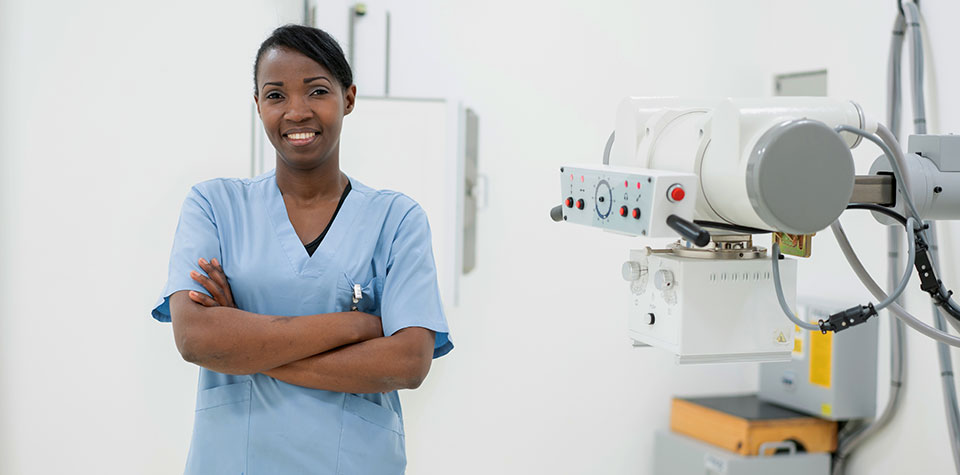Government-Backed Glucose Monitoring Programs – How to Access Affordable Technology for Diabetes Care
In 2025, government-backed glucose monitoring programs aim to improve access to tools that help individuals manage diabetes more effectively. These initiatives may offer device support or educational resources, but availability depends on eligibility criteria and regional policies. This guide explains how such programs function, their potential advantages, and key considerations for patients and caregivers.

Overview of Government Glucose Monitoring Support
Government support for glucose monitoring varies by country and region, with programs typically operating through national health services, insurance schemes, or specialized diabetes care initiatives. In the United States, Medicare Part B covers certain glucose monitors and testing supplies for beneficiaries with diabetes who meet specific criteria. The coverage extends to both traditional blood glucose meters and, under certain circumstances, continuous glucose monitors for insulin-dependent patients.
Many state-level programs complement federal initiatives by providing additional funding or resources for diabetes care equipment. These programs often target underserved populations, including low-income individuals, rural communities, and those without adequate private insurance coverage. Some initiatives focus specifically on providing CGM technology to patients who demonstrate medical necessity and financial need.
How Program Eligibility and Access Work
Eligibility for government-backed glucose monitoring programs typically requires a formal diabetes diagnosis from a qualified healthcare provider, along with documentation of medical necessity. Most programs prioritize patients with Type 1 diabetes or insulin-dependent Type 2 diabetes, as these individuals face the highest risk of dangerous blood sugar fluctuations.
The application process generally begins with a healthcare provider’s assessment and recommendation. Patients must usually provide medical records demonstrating their diabetes management history, current treatment regimen, and frequency of blood sugar monitoring. Some programs require evidence of previous glucose meter use or documentation of hypoglycemic episodes that would benefit from continuous monitoring.
Income verification is often required for need-based programs, with eligibility typically extending to individuals and families below certain poverty thresholds. Geographic location may also play a role, as some programs specifically serve rural areas or medically underserved communities where access to diabetes care resources is limited.
| Program Type | Provider | Eligibility Requirements | Coverage Details |
|---|---|---|---|
| Medicare Part B | U.S. Federal Government | Age 65+ or qualifying disability, diabetes diagnosis | 80% coverage for approved monitors and supplies |
| Medicaid CGM Coverage | State Programs (varies) | Income-based eligibility, medical necessity | Varies by state, often full coverage |
| Veterans Affairs | U.S. Department of Veterans Affairs | Veteran status, service-connected or enrolled in VA healthcare | Full coverage for eligible veterans |
| Patient Assistance Programs | Manufacturer Programs | Income limits, no adequate insurance | Free or reduced-cost devices and supplies |
Prices, rates, or cost estimates mentioned in this article are based on the latest available information but may change over time. Independent research is advised before making financial decisions.
Potential Benefits for Diabetes Management
Government-backed glucose monitoring programs offer substantial benefits beyond simple cost reduction. Access to advanced monitoring technology can dramatically improve diabetes management outcomes, reducing the risk of both immediate complications and long-term health issues. Continuous glucose monitors provide real-time data that helps patients make informed decisions about food intake, exercise, and medication timing.
The improved glucose control achieved through better monitoring often translates to reduced healthcare costs over time. Patients with access to CGM technology typically experience fewer emergency room visits, hospitalizations, and diabetes-related complications. This creates a positive cycle where initial government investment in monitoring technology yields long-term healthcare savings.
Enhanced quality of life represents another significant benefit, as patients gain confidence in their daily activities and experience reduced anxiety about undetected blood sugar changes. Many program participants report better sleep, improved work productivity, and greater willingness to engage in physical activities when they have reliable, continuous glucose monitoring.
Government programs also often include educational components and ongoing support services that help patients maximize the benefits of their monitoring technology. This comprehensive approach ensures that access to equipment is coupled with the knowledge and skills needed to use it effectively for optimal diabetes management.
The landscape of government-backed glucose monitoring support continues to evolve as healthcare systems recognize the long-term benefits of investing in diabetes management technology. While program availability and requirements vary significantly by location and healthcare system, the trend toward expanded coverage reflects growing evidence of the clinical and economic benefits of improved glucose monitoring. Patients interested in accessing these programs should consult with their healthcare providers to explore available options and determine the most appropriate pathway for their specific circumstances and needs.
This article is for informational purposes only and should not be considered medical advice. Please consult a qualified healthcare professional for personalized guidance and treatment.




